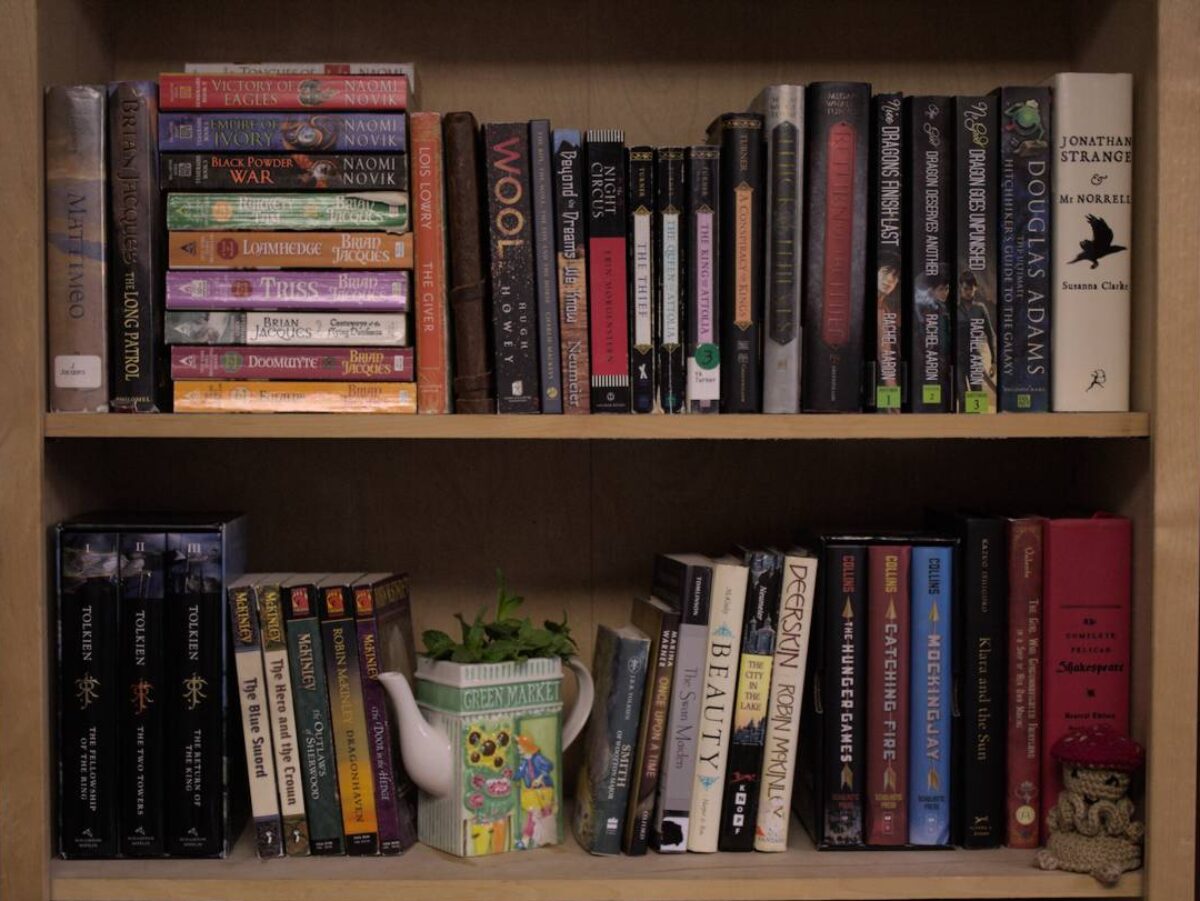thoughts on Subway Canyon
Some places don’t feel real.
Somewhere on the steep hillside, as you scrambled down rocky ledges and slid a little in the red sand and followed the tight little switchbacks of the trail back and forth and back and forth through the scrubby trees, you stepped or scrambled or slid right out of the normal world and into a painting.
Down here at the bottom of the canyon, next to the stream that winds along, the world is dusty red and green and, if you tilt your head back, piercingly blue. It ought to be the easiest thing in the world to follow the trail upstream; there’s only one direction to go. Somehow it’s hard to keep track of it.
Here’s the first stream crossing: the path in the bushes picks up on the far side. You don’t have to get your feet wet as long as you’re willing to take a long step onto that boulder standing in the water, take a deep breath and hurl yourself from it to the next wide boulder, and jump from there right over the mud and onto the bank. Duck under the branch that bars your path and scramble over the next one. That’s a tarantula on that rock there: perfectly still, almost blending in, as big as the palm of your hand. Maybe skirt around the rock. Here, a wall of rock cuts off the trail, boulder almost as tall as you are. But there’s a crack in it. You can either press into the tangle of brush, try to weasel your way around it, or you can wedge a foot into the crack and try to find something to grip at the top and drag yourself up and onto the rock.
The trail seems to have vanished all together, and you have no choice but to forge a way through the trees. Ah- see, there the path is, running merrily along on the other side of the stream. You merely misplaced it. The stream is broader here, shallower, and it’s time to forget about keeping your feet dry. Wade into the stream and head upwards.
Now that you’re out of the brush you can look around. See how the trees climb up the walls of the canyon. Ferny greenery clings to the red rock, drapes from it – far above you, tucked right into the cliff, there is a full tree growing. A series of natural steps in the bedrock of the stream, each no more than a foot tall, create a tiny waterfall. Water ripples over them, only a few inches deep. Only a little further on you come to another waterfall, this one steeper. On the right, water foams white as it cascades down, and you cannot see the grooved rock beneath that will catch your foot and send you sliding. Go the left instead, using hands and feet together to keep your balance in the rush of water that is up to your calves here, cautious on the slippery incline.
The rock comes to meet you, curving overhead. This is the subway, this tunnel through the rock. Be careful; you have collected enough bruises on your legs by now in jumping between boulders and slipping on slick rock, and footing is more uncertain than ever in the dim light. Right at the end the ceiling slips away and you can see the puzzle-piece of blue overhead. There’s a ledge in the stream, and if you step past it the bottom falls away out of reach and you are swimming in between the walls, swimming in this pocket carved into the stone. The waterfall tumbling into the pool marks the end of your hike, for this one is not set in miniature but more than a man’s height of cliff and white water, and on all sides except the way you came red cliffs soar upward.
Swim under it and the water pummels your head and shoulders. Climb back out onto the rock drenched, cold, and delighted. Will the world look the same when you find your way back up and out, out of this red-stone world of wading waterfalls and riotously green cliffs?
